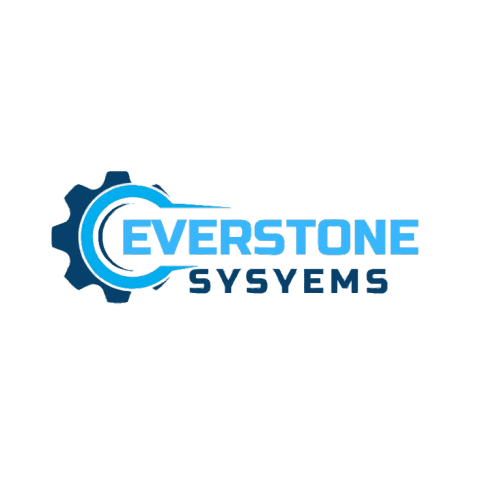DIY Automation: Simple Steps to Implement RPA in Your Business
Understanding RPA: A Brief Overview
Robotic Process Automation (RPA) is transforming the way businesses operate by automating repetitive tasks. It allows organizations to save time and resources while improving accuracy. If you're new to RPA, think of it as a digital workforce that handles mundane tasks, freeing up human employees for more complex activities.
Implementing RPA doesn't require a hefty investment in technology. With a DIY approach, even small businesses can benefit from automation. In this guide, we'll explore simple steps to implement RPA in your business effectively.

Identifying Processes for Automation
The first step in implementing RPA is identifying the right processes to automate. Look for tasks that are repetitive, rule-based, and involve structured data. Common candidates for automation include data entry, invoice processing, and customer service inquiries.
Evaluate Current Processes
Begin by evaluating your current processes to determine which ones could benefit the most from automation. Consider the time and resources each task consumes and the potential for error in manual processing.
Prioritize Based on Impact
Once you've identified potential processes, prioritize them based on their impact on efficiency and cost savings. Focus on quick wins that provide immediate returns, boosting confidence in your RPA initiative.

Choosing the Right RPA Tools
With a clear understanding of which processes to automate, it's time to select an RPA tool. There are numerous options available, ranging from free open-source platforms to comprehensive paid solutions. Choose a tool that aligns with your business needs, budget, and technical capabilities.
Consider User-Friendliness
For a DIY approach, opt for tools that are user-friendly and require minimal programming knowledge. Some popular RPA tools offer drag-and-drop features, making it easier for non-technical users to design automation workflows.
Scalability and Support
Ensure that the tool you choose can scale with your business growth and offers reliable customer support. It's essential to have a partner that can assist you as you expand your automation efforts.

Designing and Testing Automation Workflows
After selecting an RPA tool, it's time to design and test your automation workflows. Start by mapping out the process you want to automate, detailing each step involved. This will serve as your blueprint when configuring the RPA software.
Create a Prototype
Create a prototype of the automation process to test its functionality. This will help you identify any potential issues or areas for improvement before full deployment. Make adjustments as needed to optimize performance.
Monitor and Refine
Once your automation workflow is live, monitor its performance closely. Gather feedback from users and stakeholders to refine the process further. Continuous improvement is key to maximizing the benefits of RPA.

Training Your Team
An often-overlooked aspect of implementing RPA is training your team. Ensure that employees understand how automation will impact their roles and provide the necessary training to work alongside digital colleagues effectively.
Encourage an open dialogue about automation to alleviate any concerns or misconceptions. Empower your team with the skills they need to thrive in an automated workplace.
